Tories unveil anti-woke manifesto
12 May 2021
The Queen’s Speech yesterday may have seen the government’s fairly dry vision for modern Britain but a group of Conservative backbench MPs and peers have now banded together to propose their own alternative. Cracking down on immigration, breaking up the BBC and taking aim at woke policing are all proposed in a new book by the Common Sense Group of around 50 Tory parliamentarians. Titled Conservative Thinking For a Post-Liberal Age, it takes aim at the Equality Act, Supreme Court, British broadcasters and Extinction Rebellion, proposing a much tougher line on the forces of 'wokeism' and its practitioners.
The group's chairman Sir John Hayes declares that 'the battle for Britain has begun, and guided by the common sense of the people, we must triumph for the common good'. For fellow member Gareth Bacon 'Britain is under attack' from a ‘woke ideology’ with 'no democratic mandate' but instead an 'intense hostility to western civilisation'. Policies to tackle this include 'definitive amendments to the 2010 Equality Act,' tax incentives to encourage marriage, curbs on direct action protests and a requirement for state-funded institutions to 'promote British values, traditions and history.'
Britain's top judges are lambasted by veteran Edward Leigh and new MP Sally-Ann Hart in a chapter on judicial activism undermining democracy. The pair describe the Supreme Court's ruling against Boris Johnson's prorogation of Parliament as 'a naked power grab, with no substantial legal or juridical justification'. Such 'a political act' was just a gamble 'in order to stop Brexit' — something 'the politicised justices lost' with 'legislative reform of the Supreme Court' needed to prevent a repeat again.
The section on media reform co-authored between James Sunderland MP and Express journalist David Maddox demands the break up of the BBC, the abolition of broadcast impartiality rules and that big tech companies like Facebook be treated as publishers. They claim the pandemic has 'been a salutary lesson' with existing broadcasters seeing it 'as their role to promote the pro-Lockdown message' with reform strengthening 'plurality of voices and freedom of speech' against a 'quasi-Marxist movement on the liberal left.'
The police are not spared either with Chris Loder and Tom Hunt calling for an end to the 'woke' culture of 'middle management' infecting forces across the country. Reforms include tackling the 'fear of conduct investigations' which means 'officers are wary of acting according to their instincts' with the Macpherson report being accused of undermining effective policing: 'the words "institutional racism" are so terrifying because they attack the very foundation of policing by consent.'
On immigration, red wall MP Nick Fletcher backs a cap of 100,000 people a year, arguing 'it must be made known to the ordinary working man and woman that their neighbourhoods and communities will not be treated as dumping grounds for anyone and everyone who wishes to come to the United Kingdom.'
Peers Lord Horam and Lord Hodgson propose that all jobs should only be advertised in the UK alongside a cap on the number of skilled workers allowed into the country and a suspension of the 'New Entrant' route which allows employers to bring in young workers from abroad earning over £20,480. An Office of Demographic Change — an independent body established along the lines of the Office for Budget Responsibility — is suggested to undertake a comprehensive transparent analysis of all aspects of demographic growth.
It was of course nine years ago that a similarly punchy book by newly elected members — Britannia Unchained — made the names of some of today’s leading Tory politicians. Four of the work’s co-authors — Priti Patel, Dominic Raab, Liz Truss and Kwasi Kwarteng — now sit around the cabinet table having all co-founded the Free Enterprise Group together. Will similar success greet the co-authors of the Common Sense book too?
WRITTEN BY Steerpike
Steerpike is The Spectator's gossip columnist, serving up the latest tittle tattle from Westminster and beyond. Email tips to steerpike@spectator.co.uk.
12 May 2021
The Queen’s Speech yesterday may have seen the government’s fairly dry vision for modern Britain but a group of Conservative backbench MPs and peers have now banded together to propose their own alternative. Cracking down on immigration, breaking up the BBC and taking aim at woke policing are all proposed in a new book by the Common Sense Group of around 50 Tory parliamentarians. Titled Conservative Thinking For a Post-Liberal Age, it takes aim at the Equality Act, Supreme Court, British broadcasters and Extinction Rebellion, proposing a much tougher line on the forces of 'wokeism' and its practitioners.
The group's chairman Sir John Hayes declares that 'the battle for Britain has begun, and guided by the common sense of the people, we must triumph for the common good'. For fellow member Gareth Bacon 'Britain is under attack' from a ‘woke ideology’ with 'no democratic mandate' but instead an 'intense hostility to western civilisation'. Policies to tackle this include 'definitive amendments to the 2010 Equality Act,' tax incentives to encourage marriage, curbs on direct action protests and a requirement for state-funded institutions to 'promote British values, traditions and history.'
Britain's top judges are lambasted by veteran Edward Leigh and new MP Sally-Ann Hart in a chapter on judicial activism undermining democracy. The pair describe the Supreme Court's ruling against Boris Johnson's prorogation of Parliament as 'a naked power grab, with no substantial legal or juridical justification'. Such 'a political act' was just a gamble 'in order to stop Brexit' — something 'the politicised justices lost' with 'legislative reform of the Supreme Court' needed to prevent a repeat again.
The section on media reform co-authored between James Sunderland MP and Express journalist David Maddox demands the break up of the BBC, the abolition of broadcast impartiality rules and that big tech companies like Facebook be treated as publishers. They claim the pandemic has 'been a salutary lesson' with existing broadcasters seeing it 'as their role to promote the pro-Lockdown message' with reform strengthening 'plurality of voices and freedom of speech' against a 'quasi-Marxist movement on the liberal left.'
The police are not spared either with Chris Loder and Tom Hunt calling for an end to the 'woke' culture of 'middle management' infecting forces across the country. Reforms include tackling the 'fear of conduct investigations' which means 'officers are wary of acting according to their instincts' with the Macpherson report being accused of undermining effective policing: 'the words "institutional racism" are so terrifying because they attack the very foundation of policing by consent.'
On immigration, red wall MP Nick Fletcher backs a cap of 100,000 people a year, arguing 'it must be made known to the ordinary working man and woman that their neighbourhoods and communities will not be treated as dumping grounds for anyone and everyone who wishes to come to the United Kingdom.'
Peers Lord Horam and Lord Hodgson propose that all jobs should only be advertised in the UK alongside a cap on the number of skilled workers allowed into the country and a suspension of the 'New Entrant' route which allows employers to bring in young workers from abroad earning over £20,480. An Office of Demographic Change — an independent body established along the lines of the Office for Budget Responsibility — is suggested to undertake a comprehensive transparent analysis of all aspects of demographic growth.
It was of course nine years ago that a similarly punchy book by newly elected members — Britannia Unchained — made the names of some of today’s leading Tory politicians. Four of the work’s co-authors — Priti Patel, Dominic Raab, Liz Truss and Kwasi Kwarteng — now sit around the cabinet table having all co-founded the Free Enterprise Group together. Will similar success greet the co-authors of the Common Sense book too?
WRITTEN BY Steerpike
Steerpike is The Spectator's gossip columnist, serving up the latest tittle tattle from Westminster and beyond. Email tips to steerpike@spectator.co.uk.


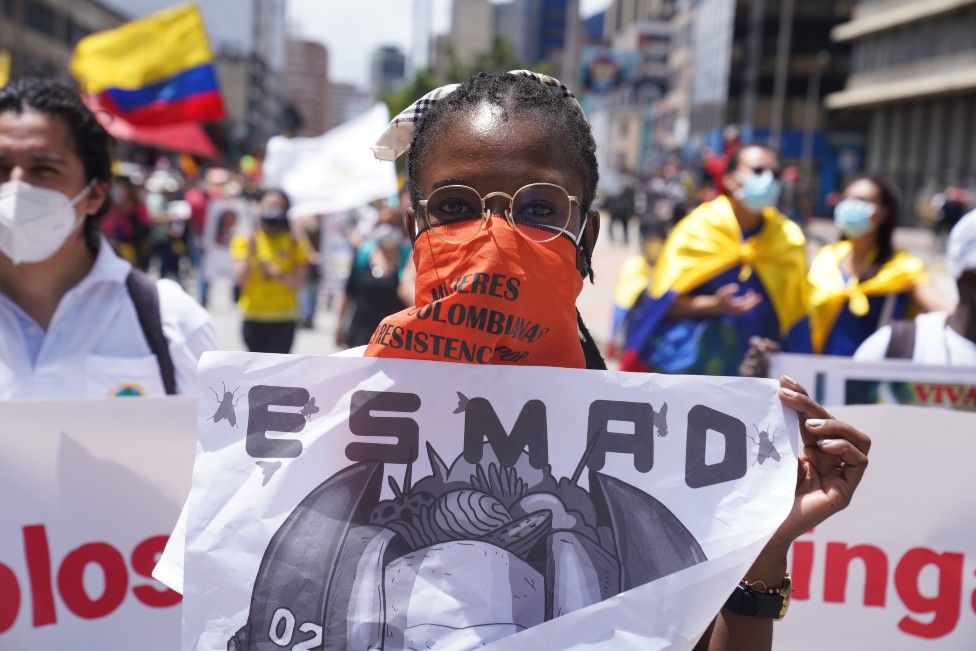
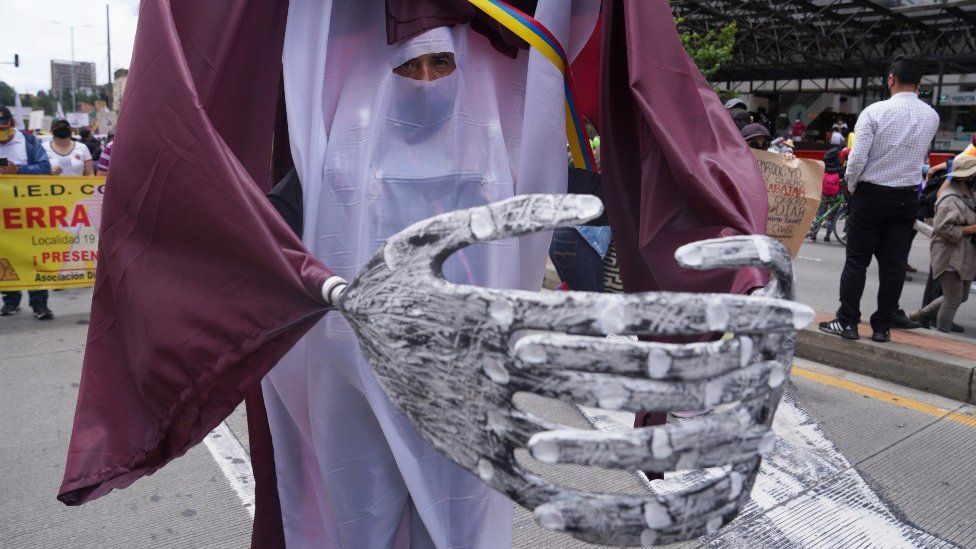
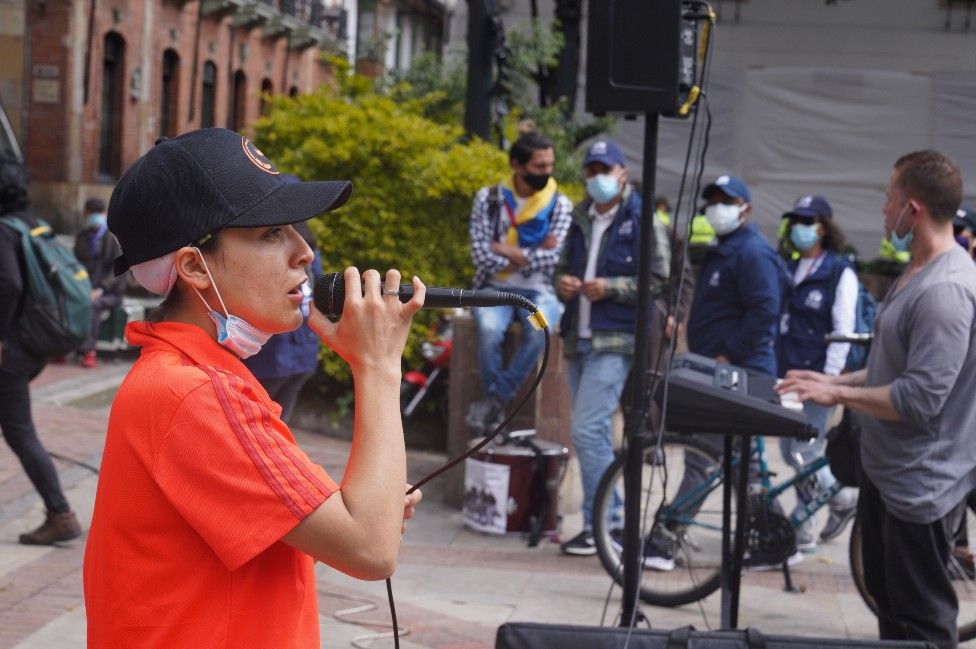

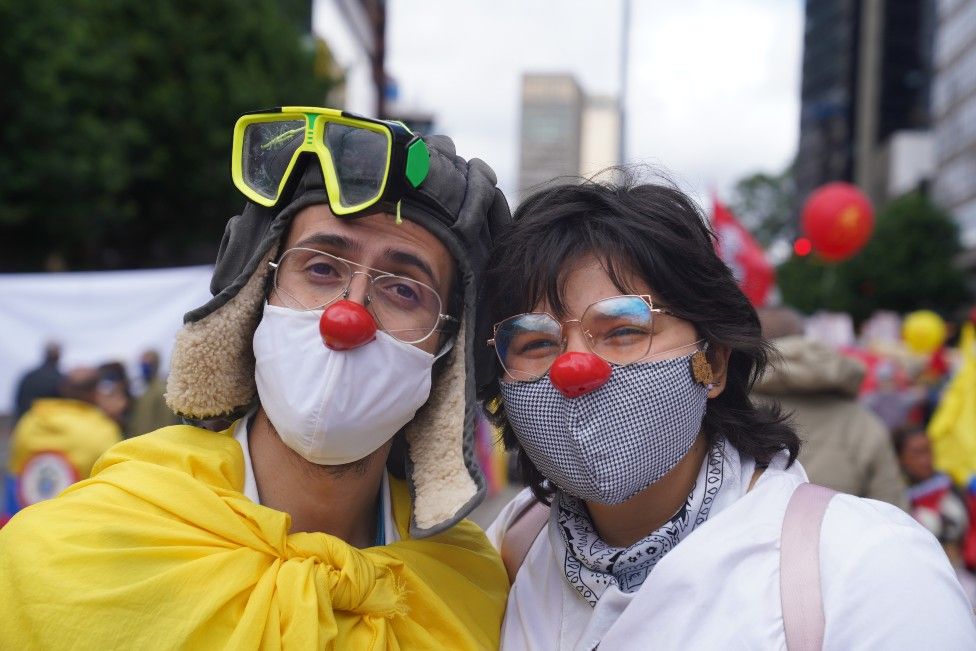
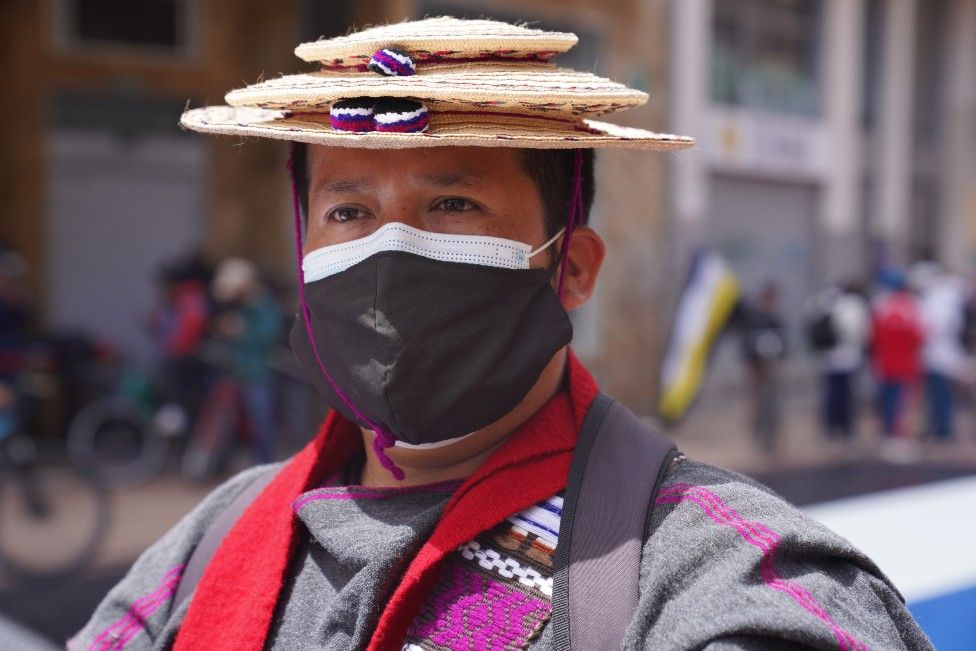
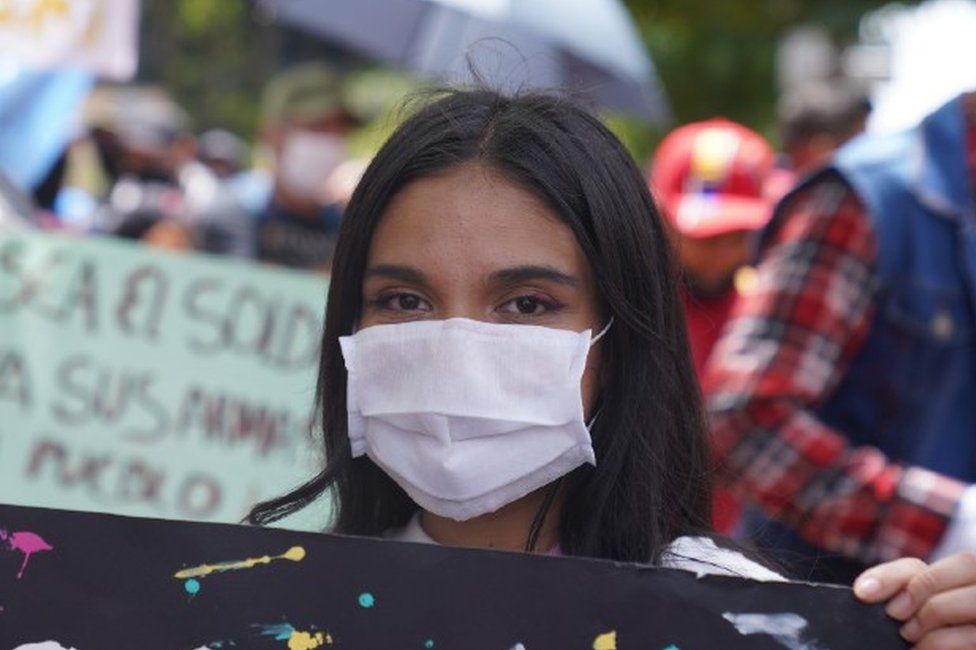
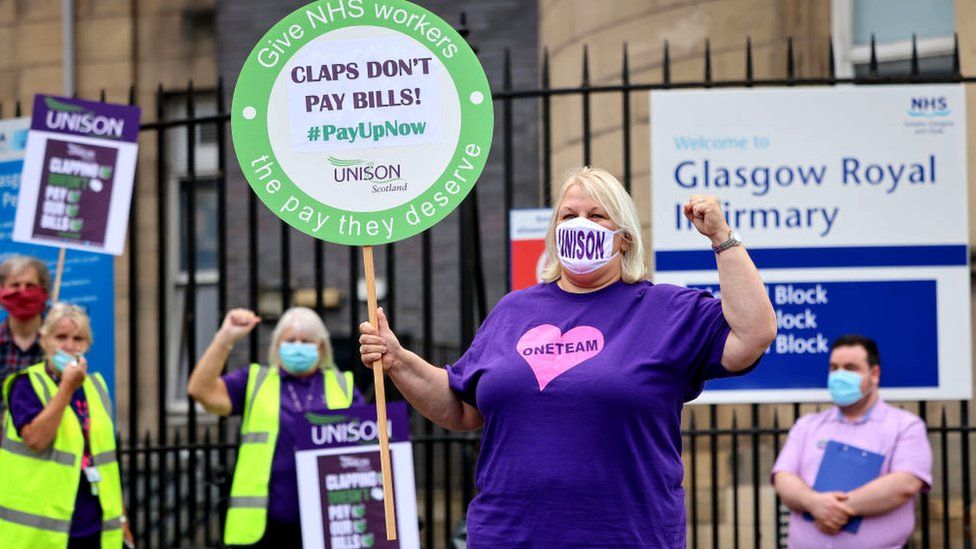
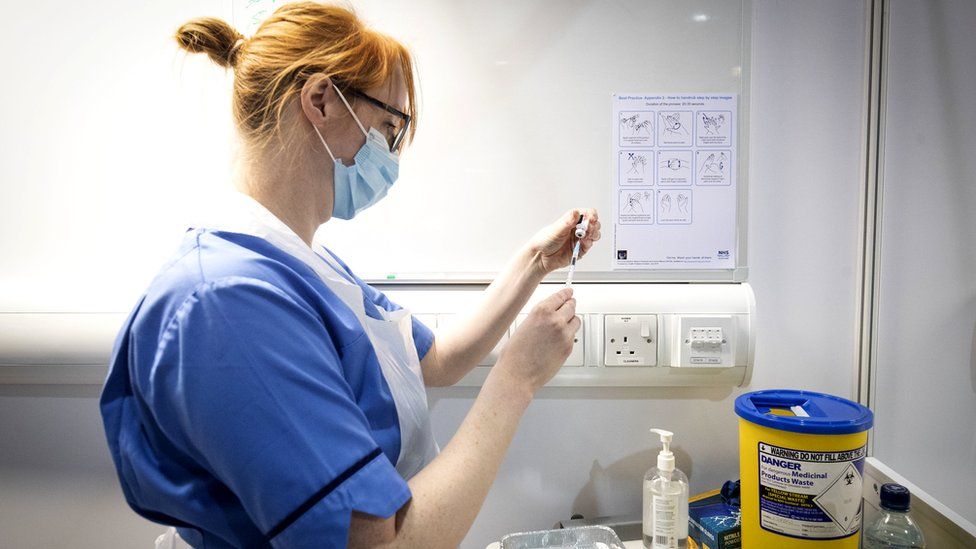








 © Provided by The Canadian Press
© Provided by The Canadian Press